The first experience you have driving a horse-drawn carriage will all depend on the personality of the horse pulling the carriage. The ideal carriage horse is a bomb-proof, steady, gentle older horse who won't give you any surprises. The easier the horse is, the more quickly you will get adjusted to steering the horse from so far behind his mouth, while also paying attention to traffic and manuevering the size of the carriage you're driving. If you come to carriage driving with plenty of horse experience, you'll be more comfortable driving, although it is a big adjustment. Having a great teacher or a driver with lots of experience to help you get started is the best way to learn to drive. Here's what you can expect those first times out.
How to Drive a Horse-Drawn Carriage
Once the horse is harnessed up and hitched to the cart, you want to check all your straps before getting into the carriage. Make sure every buckle is buckled, that your traces are flat and not twisted, and that your reins make a straight trip from the bit, over the back and to your seat on the carriage.
Pick up your reins and climb in from the left-hand side and sit in the center of the seat. If you are sharing the seat with someone and have to sit on one side, the brake is usually on the right side, so sit to the right.
Once you are in the carriage, never let go of your reins. If you have to get out of the carriage, keep your reins in your hands at all times for your own safety.
Once seated comfortably, your horse's ears will be flicking back to listen for what you want him to do.
Hold your whip in your right hand. Draw your reins up so that you have gentle contact with his mouth. The whip should hover over the rear end of your horse, tilted slightly to the left. You will have loops of extra rein. Gather the extra rein and place on the seat next to you. Some drivers even partially sit on some of the loose rein to keep it from tangling in their feet or dangling off the carriage and getting stuck in the wheels.
Sit up straight, feet braced gently on the low front board of the carriage. Hold the reins between your index and third fingers. You may not have to use your whip, but if you do, just tap gently on his rear to reinforce verbal commands, if he's especially slow.
Ask your horse to "Step Up," or "Walk" when you're ready to go. Your horse should move forward happily. As you drive, get used to the feeling of the horse's mouth down the long length of rein. It will feel awkward at first if you're used to riding, and having the horse's face much closer to you. You'll feel more of your back muscles working as you try to keep your hands light on the rein, while gently guiding your horse where you want him to go. When you ask your horse to stop, try using the least amount of pressure on the reins as possible. This teaches your horse to obey to a soft touch and helps you in the long run, keeping your horse light in the bridle instead of wrestling with you.
Make sure you leave a wide space when going around corners or passing cars or other vehicles. The carriage is wider than you think, and you don't want to damage the wooden wheels on the curb. Your horse attached to the carriage is also a fairly long vessel, so keep in mind that you are sitting in the center and you have at least a horse length in front of you as well as behind you that you are responsible for. It helps to picture yourself in the center, as if the seat you are on is the horse's back, and you have a very long front and rear section to be aware of.
Practice Stopping, Walking, and Trotting, and Turning. Always be watching the road or path in front of the horse to make sure you have ample room to turn around if you need to, so you don't get trapped in any narrow area.
If you have passengers in the carriage, their safety depends on you! Never leave the driver's seat when your carriage has passengers in it. Once you feel comfortable driving, feel free to turn and talk to your passengers as safety permits.
Related Articles

How to Get a Senior Into a SUV
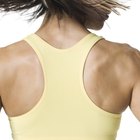
Differences Between Wide & Close Seated ...
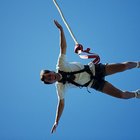
Places to Bungee Jump in Illinois

How to Get Your Boyfriend to Hold Your ...
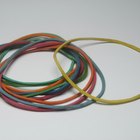
How to Put Rubber Bands in Your Goatee

How to Wear Soccer Socks
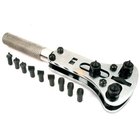
How to Remove the Back of a Swiss Army ...
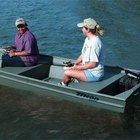
Types of Flat-Bottomed Boats

How to Play Buck Buck

Things to Do With Kids in Louisville, ...

How to Make a Sparkler Rocket

Things to Do in Las Vegas with Kids

What if a Guy Texting You Says He Wants ...

Trust-Building Exercises for Couples

How to Avoid Killing Your Siblings

How to Get Your Sister to Listen to You

How to Accidentally Bump Into a Guy

What Do You Get Your Grandpa for His ...

How to Wear a Gaff
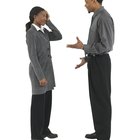
How to Deal With a Guy Who Blew You Off